SOURCE: IDRW.ORG TEAM
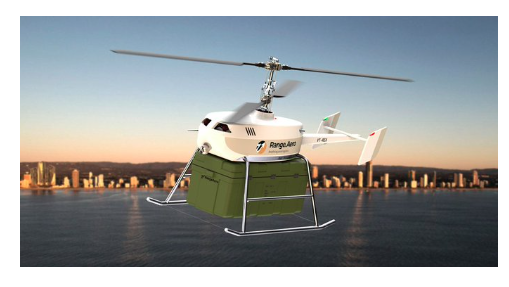
Range Aero, a Bengaluru-based drone startup, has set its sights on revolutionizing short-haul logistics with the unveiling of the Jestar Logistics drone. This autonomous freight helicopter promises to transform how goods are delivered, particularly in remote or challenging environments.
Jestar boasts an impressive range of 200 kilometers and a payload capacity of 150 kilograms, making it well-suited for various applications. Imagine delivering essential supplies to disaster-stricken areas, transporting medical equipment to remote villages, or efficiently restocking inventory in inaccessible locations – the Jestar’s capabilities open up a world of possibilities.
Continue readingSOURCE: RAUNAK KUNDE / NEWS BEAT / IDRW.ORG
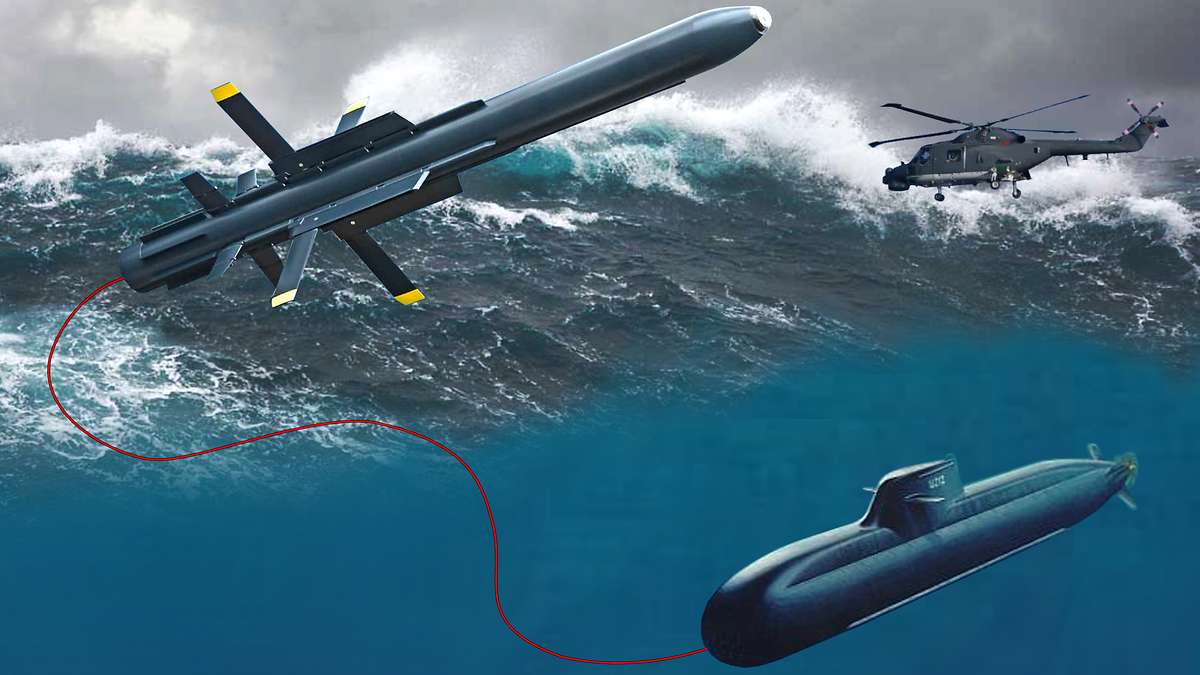
German defence giant ThyssenKrupp Marine Systems (TKMS) has presented India with a potentially groundbreaking offer: the HDW 212A submarine equipped with the cutting-edge IDAS anti-air missile system. This marks a significant development in submarine technology, raising questions about its potential impact on the future of underwater warfare.
The HDW 212A, if acquired by India, would be the first conventional diesel submarine armed with an anti-air defence system. This system, the IDAS (Interactive Defence and Attack System for Submarines), is currently under development but showcases innovative features.
Continue readingSOURCE: RAUNAK KUNDE / NEWS BEAT / IDRW.ORG
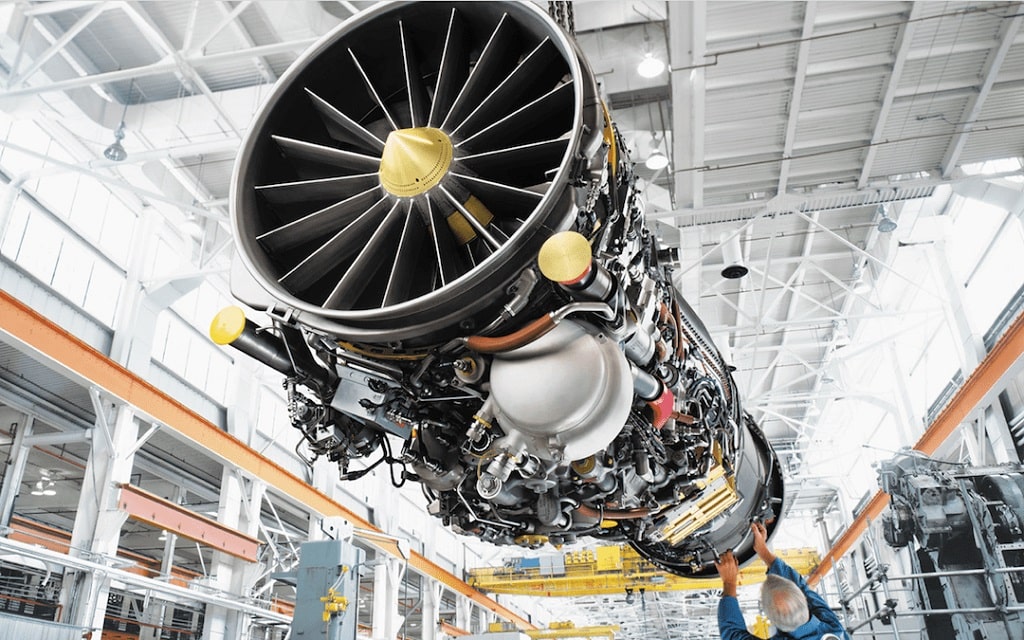
After an 18-month hiatus due to order shortfalls, GE Aerospace is roaring back with F404-GE-IN20 engine deliveries for India’s LCA-Tejas Mk1A program. Whispers also suggest an even bigger commitment: the Indian Air Force (IAF) mulls an additional 97 Mk1A jets, beyond the 83 already contracted.
This surge in demand has sparked a potential partnership between GE and India. Sources reveal plans to establish a GE Aerospace subsidiary in the country, specifically for maintaining these engines. The goal? Independent engine upkeep, separate from state-owned HAL’s F-414 engine manufacturing activities.
Continue readingSOURCE: RAUNAK KUNDE / NEWS BEAT / IDRW.ORG
Facing ongoing supply chain issues with Russia, the Indian Air Force (IAF) is taking a strategic leap by seeking private sector expertise to repair, overhaul, and maintain its fleet of Russian-origin aircraft and helicopters. This ambitious plan aims to ensure the continued high availability of these crucial assets, including the Sukhoi Su-30MKI fighter jets, MiG-29 fighters, An-32 transport aircraft, and Mi-17 helicopters.
Under the new model, private companies will collaborate with original equipment manufacturers (OEMs) to either locally manufacture essential spares or directly source them. This not only promises to streamline procurement but also fosters an indigenous defence ecosystem. The IAF envisions the private partners deploying their skilled workforce, further bolstering technical expertise within the country.
Continue readingSOURCE: IDRW.ORG TEAM.
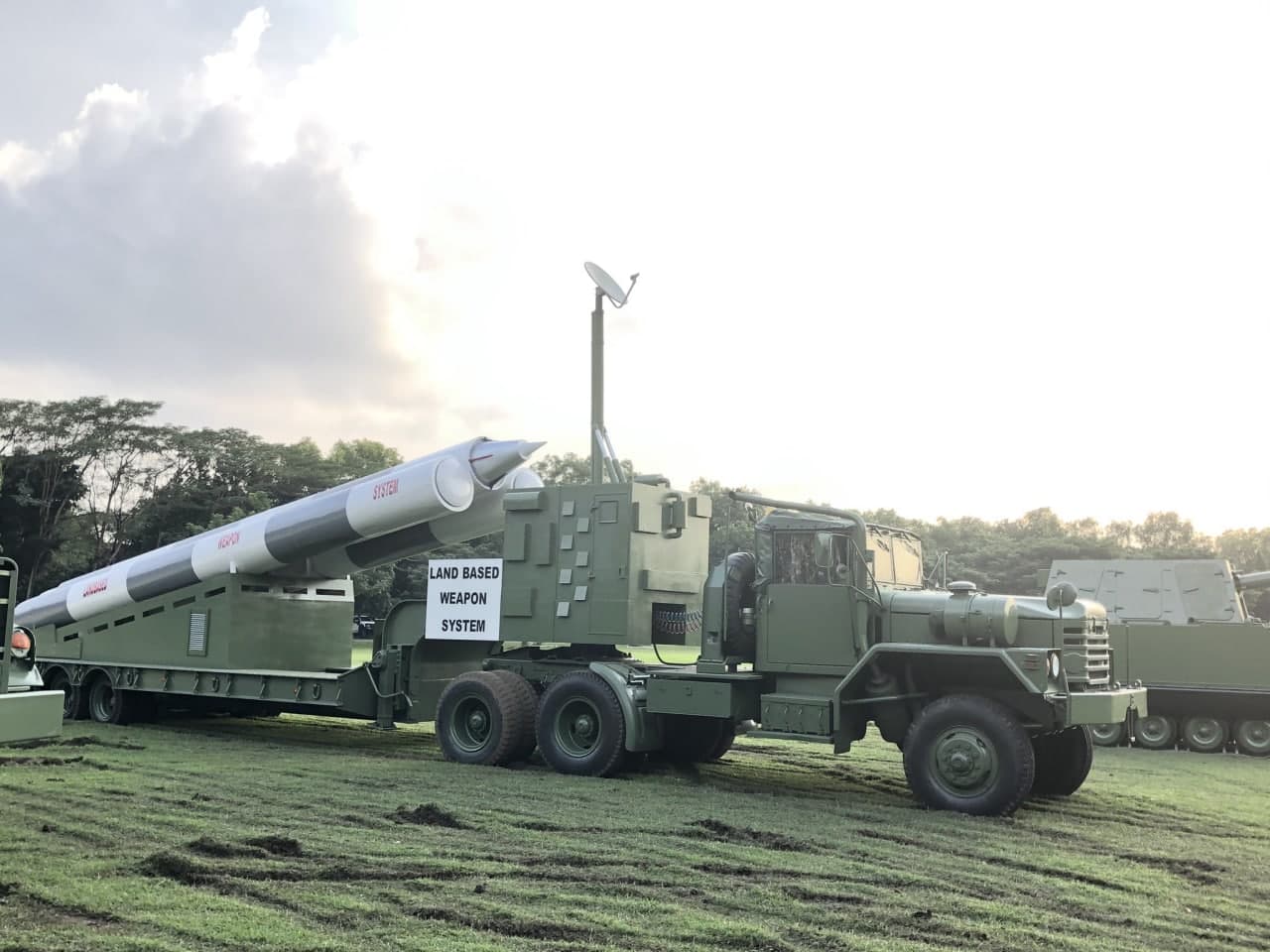
The highly anticipated delivery of BrahMos supersonic cruise missiles to the Philippines has been pushed back, but not due to any technical or production issues. According to General Manager for Market Promotion & Export of BrahMos Aerospace Praveen Pathak, the delay stems from challenges faced by the Philippines in preparing missile deployment sites.
Pathak attributed the postponement to “strong monsoons” in the Philippines, which hampered construction work on the designated missile deployment sites. He assured that the construction is expected to be completed within two months, paving the way for immediate deliveries.
Continue readingSOURCE: IDRW.ORG TEAM
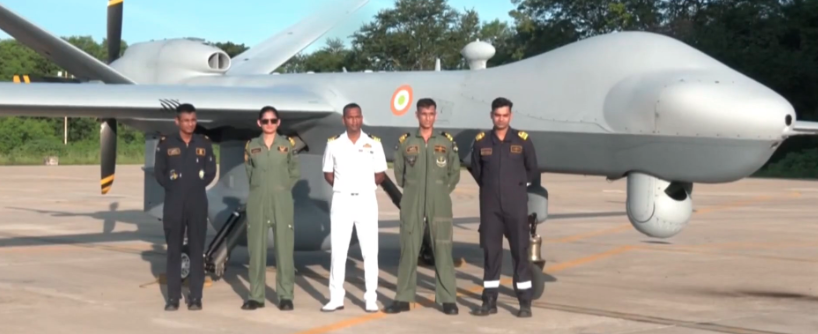
India’s ambitious plan to procure MQ-9B drones, initially met with skepticism due to their high cost, has gained significant traction within the Indian military thanks to the successful performance of two leased units. This development could mark a turning point in India’s defense capabilities, particularly for maritime surveillance and border security in the Indian Ocean Region (IOR) and along the Himalayan border with China.
The proposal to acquire MQ-9B drones, carrying a hefty price tag of over $100 million per unit, faced resistance from both the Indian Army and Air Force. However, the deployment of two leased MQ-9Bs by the Indian Navy reportedly played a pivotal role in changing their perspective.
Continue readingSOURCE: IDRW.ORG TEAM.

Zen Technologies Limited, a leading provider of simulators for weapons and defense equipment, made a splash at the recent World Defense Show in Saudi Arabia. The company showcased its state-of-the-art Combat Training Solutions and Counter Drone Technology, impressing attendees with its commitment to precision, innovation, and enhanced combat readiness.
Zen’s exhibit highlighted its latest advancements in live fire, live instrumented, virtual, and constructive training systems. These solutions provide military and security forces with realistic training scenarios that improve their skills and prepare them for real-world challenges. The company’s Counter Drone Technology also attracted significant interest, showcasing its ability to detect, track, and neutralize drone threats, thus strengthening homeland security measures.
Continue readingSOURCE: RAUNAK KUNDE / NEWS BEAT / IDRW.ORG
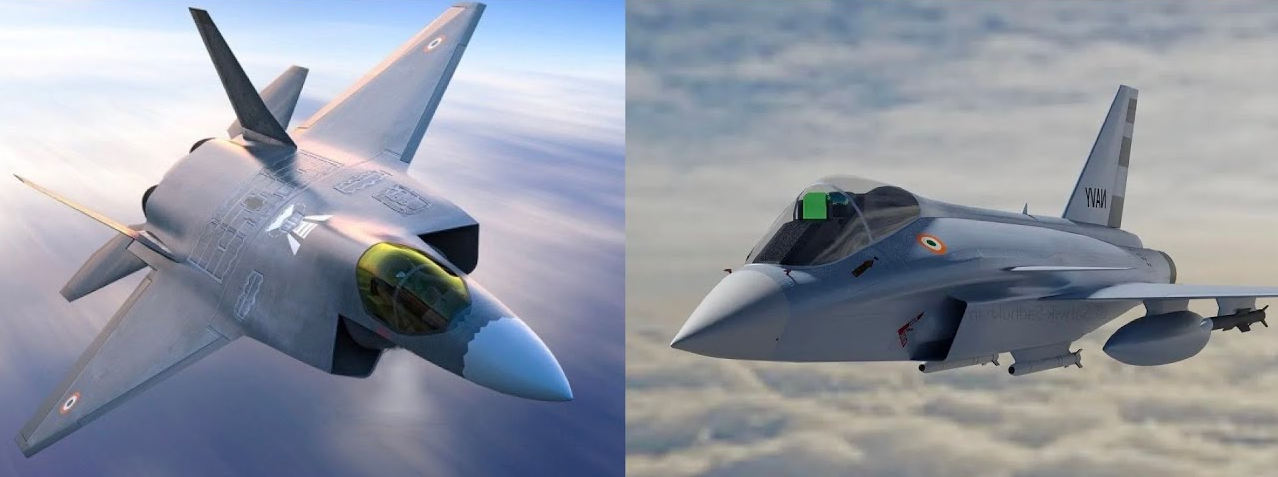
India’s quest for self-reliance in advanced fighter jet technology remains on track, albeit facing delays and budgetary hurdles. Two ambitious projects, the fifth-generation Advanced Medium Combat Aircraft (AMCA) and the 5 Minus Twin Engine Deck Based Fighter (TEDBF), stand poised to propel the Indian Air Force and Indian Navy, respectively, to the forefront of aerial combat.
The highly anticipated AMCA, designed with stealth capabilities to rival the likes of the F-35, has encountered an unexpected pause. Initial projections of Cabinet Committee on Security (CCS) clearance in mid-2023 haven’t materialized, pushing the decision to at least after the upcoming general elections. Officials, however, remain optimistic, suggesting clearance by mid-year 2024. This project carries a hefty price tag of over Rs 15,000 crore, highlighting the immense investment India is willing to make in bolstering its airpower.
Continue readingSOURCE: RAUNAK KUNDE / NEWS BEAT / IDRW.ORG
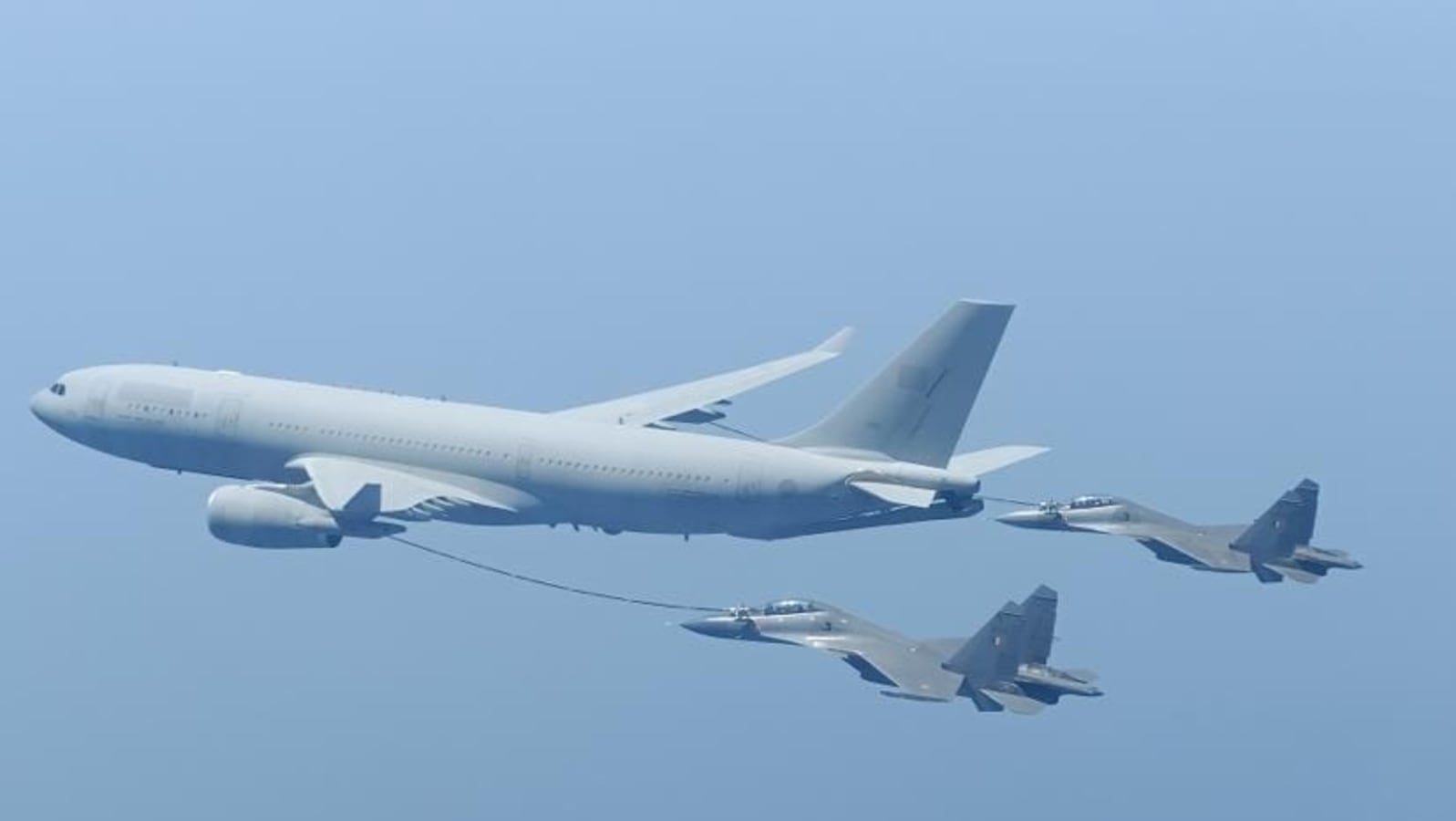
The Indian Air Force’s (IAF) long-awaited plan to procure six Flight Refueling Aircraft (FRA) is finally gaining momentum. In the coming weeks, the IAF is set to invite global bids for these vital aerial assets, marking a significant step towards enhancing its long-range operational capabilities.
The IAF is seeking bids for both Boeing and Airbus platforms, opening up the competition to a wider range of contenders. The IAF to seek pre-owned Boeing and Airbus commercial aircraft, specifically the 737-700 and 800 models from Boeing and the A321 platform from Airbus. These aircraft will undergo conversion into military-grade FRAs, equipped with specialized systems and equipment for mid-air refueling of fighter jets.
Continue readingSOURCE: RAUNAK KUNDE / NEWS BEAT / IDRW.ORG

Greece is looking to sell its retired Mirage 2000 fighter jets, with India emerging as a potential buyer. This development comes amidst the ongoing modernization of the Indian Air Force (IAF), which currently operates the same type of aircraft. However, the age and technical specifications of the Greek Mirage 2000s raise questions about their suitability for India’s needs.
Greece is offering 18 Mirage 2000 EGMs and BGMs, retired in January 2022 with the arrival of more advanced Rafale jets. These aircraft were purchased in the late 1985 and grounded due to a lack of support, according to Greek officials. They claim the jets haven’t completed their technical lifespan, but concerns remain about their outdated technology.
Continue readingSOURCE: IDRW.ORG TEAM
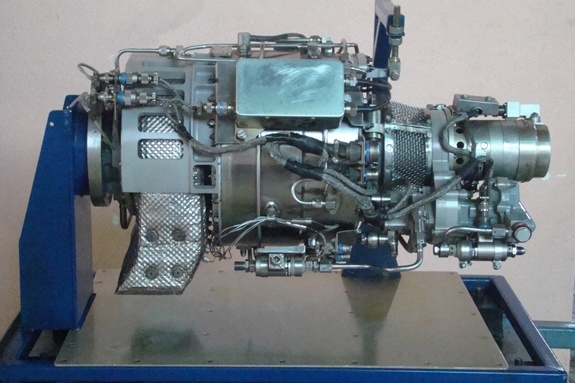
In a significant push towards self-reliance in critical defence technologies, Hindustan Aeronautics Limited (HAL) and Aeronautical Development Establishment (ADE) have joined forces to design and develop an indigenized variant of the GTSU-110M2 jet fuel starter. This upgraded starter will be specifically tailored for the Kaveri dry engine, a crucial component of the RPSA (Ghatak) fighter aircraft program.
The current GTSU-110M2 is a 110 kW power turbo shaft engine that serves as the jet fuel starter for the Light Combat Aircraft (LCA) Tejas. This collaboration between HAL and ADE aims to leverage the expertise gained from the GTSU-110M2 program to create a more advanced variant specifically optimized for the Kaveri engine’s unique requirements.
Continue readingSOURCE: IDRW.ORG TEAM

In a resounding victory for Indian innovation, Whizbee Technologies has emerged as the champion of the Defence India Start-up Challenge (DISC 9). Their solutions for secure data transfer in air-gapped networks and a browser plug-in to detect phishing emails impressed judges, earning them the opportunity to co-create with the Indian Defence and contribute to safeguarding national security.
This triumph comes at a crucial juncture, as the digital landscape undergoes rapid transformation. With cybersecurity threats and challenges no longer confined to the digital realm, they have become paramount concerns for national security. The Ministry of Defence (MoD), recognizing the gravity of the situation, actively seeks to harness cutting-edge technologies and foster innovation and R&D within India’s cyber domain.
Continue readingSOURCE: RAUNAK KUNDE / NEWS BEAT / IDRW.ORG
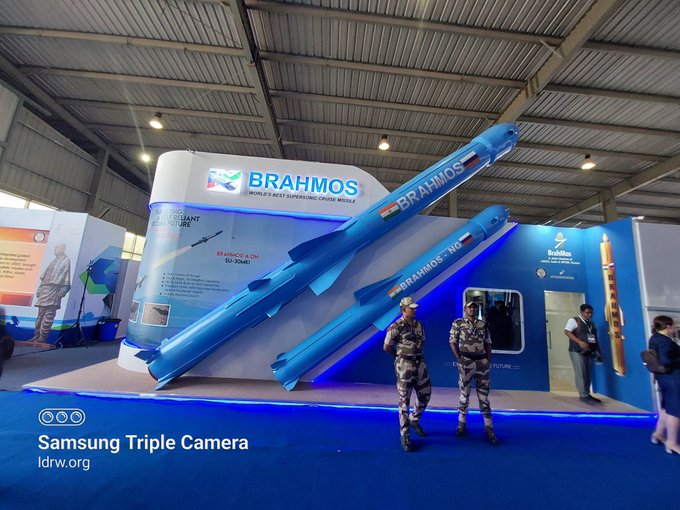
The next-generation BrahMos cruise missile, a joint project between Russia and India, is set for its first test flights by the end of 2025, according to Praveen Pathak, General Manager for Market Promotion & Export at BrahMos Aerospace.
Speaking at the World Defense Show in Riyadh, Pathak revealed that the development of BrahMos-NG is progressing smoothly, with production of flight test prototypes running parallel to the construction of a dedicated production plant. This facility is expected to begin operations in late 2025 or early 2026.
Continue readingSOURCE: RAUNAK KUNDE / NEWS BEAT / IDRW.ORG
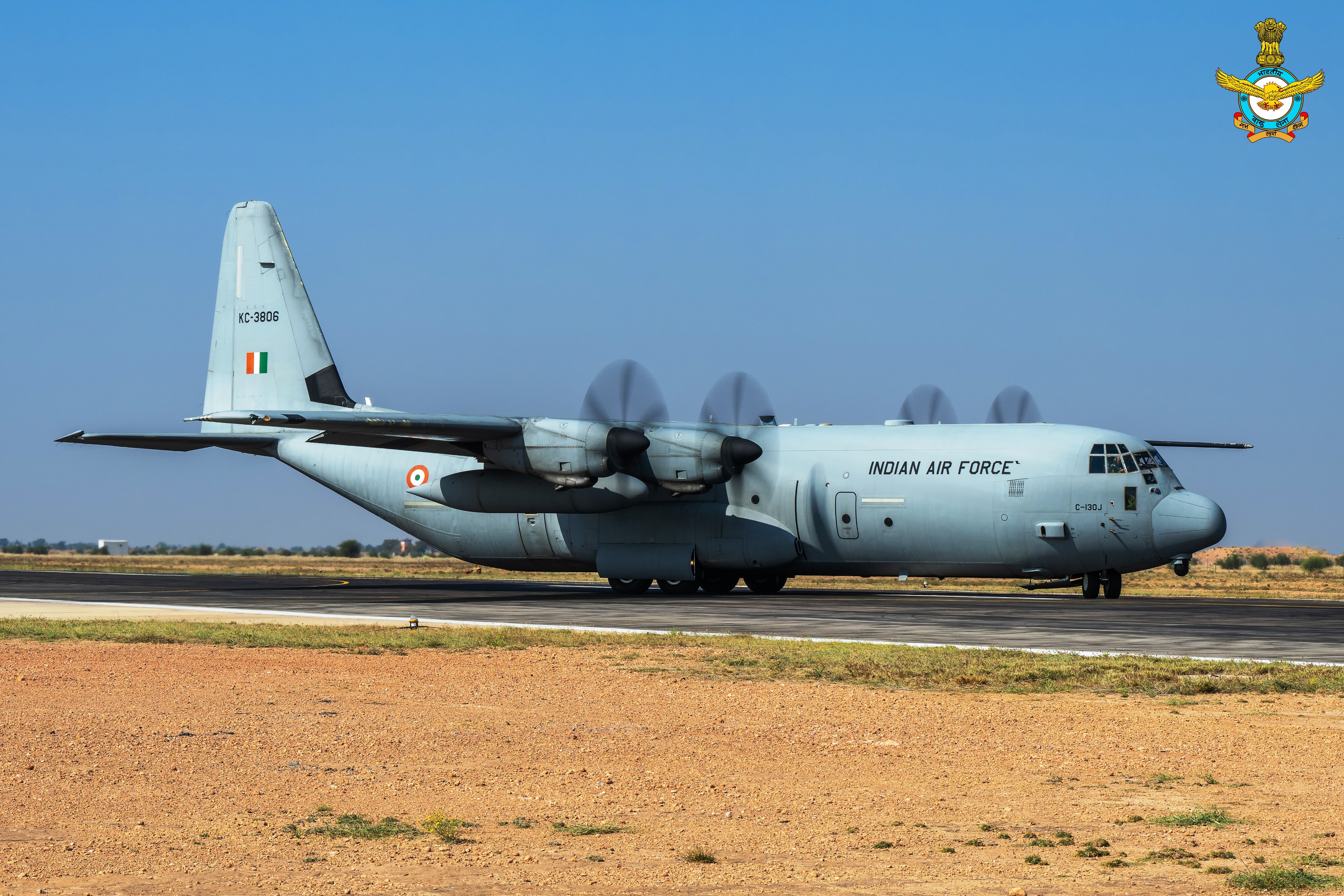
In a bid to secure the Indian Air Force’s (IAF) Medium Transport Aircraft (MTA) contract, Lockheed Martin has unveiled a strategy that emphasizes increased Indian content and a focus on the Indo-Pacific market. This move aims to address India’s Make in India initiative and potentially sway the decision in favour of the C-130J Super Hercules turboprop airlifter.
Lockheed Martin has committed to significantly increasing the supply of C-130J components manufactured in India. This includes expanding the role of Tata Lockheed Martin Aerostructures Ltd, the sole supplier of the aircraft’s tail structure (empennages). The Indian plant will not only cater to the 80 MTAs for the IAF but also serve as a manufacturing hub for the Indo-Pacific region, where many countries still operate older C-130 variants and are looking to upgrade.
Continue readingSOURCE: RAUNAK KUNDE / NEWS BEAT / IDRW.ORG

The Indian Air Force’s MiG-29K fighter jets are about to undergo a significant transformation, thanks to a new locally-developed mission computer and a host of Indian weapons systems. Hindustan Aeronautics Limited (HAL), India’s state-owned aerospace and defence behemoth, has successfully tested the new mission computer and is now gearing up for phase upgrades of the entire MiG-29K fleet.
The new mission computer, a crucial element of the upgrade, is the key to unlocking the integration of Indian weapons systems onto the MiG-29K. Previously, the aircraft’s dependence on Russian technology limited its armament options. With the new system, the Indian Air Force can finally equip its MiG-29Ks with a formidable arsenal of locally developed and proven weaponry.
Continue reading